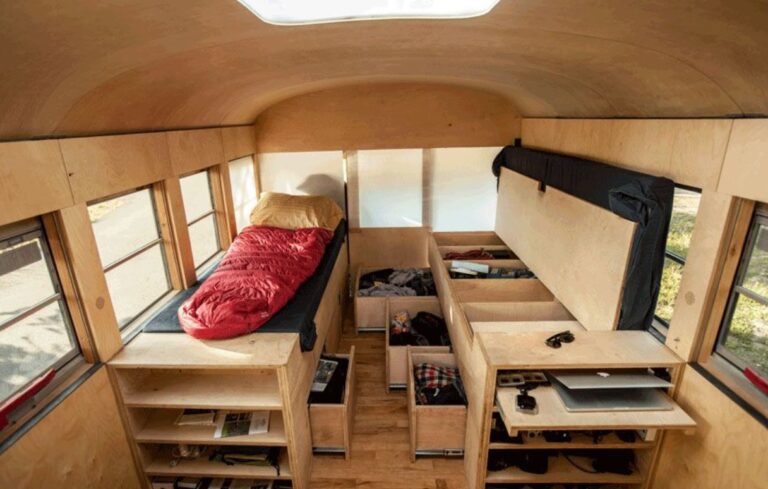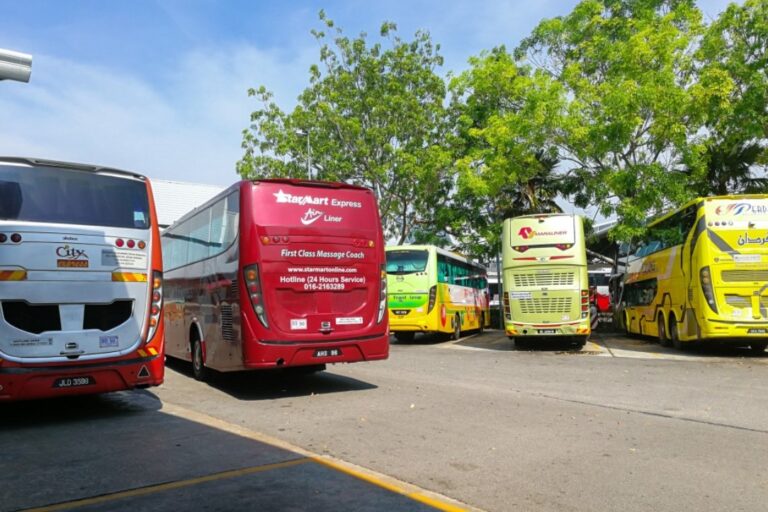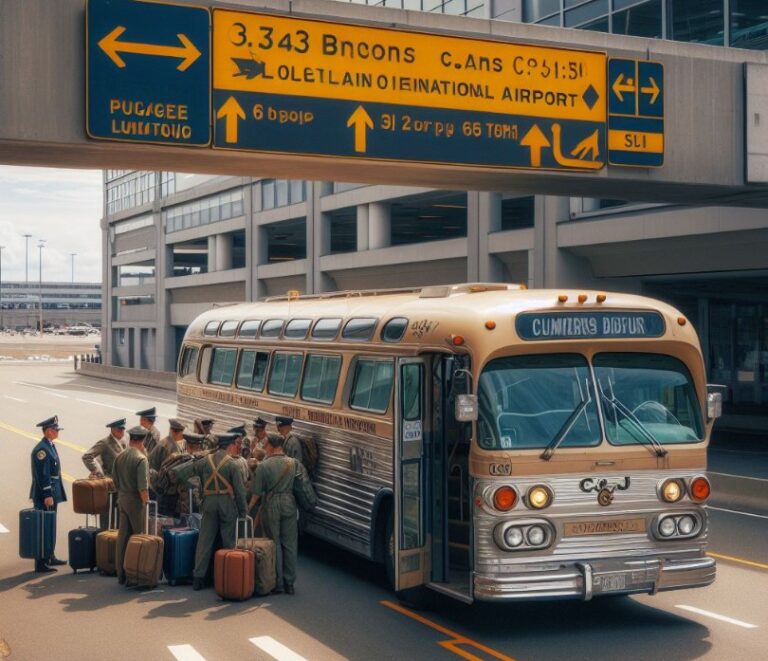Do You Need A CDL For A Short Bus? Answered
Are you looking for Do You Need A CDL For A Short Bus? When it comes to operating a short bus, the question of needing a Commercial Driver’s License (CDL) often arises. This requirement largely depends on the bus’s size, purpose, and the state’s specific regulations. Navigating these requirements is essential for anyone looking to operate a short bus legally and safely.
Key Takeaways
- CDL requirements for short buses vary based on size and purpose.
- Certain exemptions exist for personal or recreational use.
- Specific state regulations can influence the need for a CDL.
- Understanding gross vehicle weight rating (GVWR) is essential.
- Training and endorsements may be required even without a CDL.
Do You Need A CDL For A Short Bus? CDL Requirements for Operating a Short Bus
A CDL is generally required for vehicles designed to transport 16 or more passengers, including the driver. However, most short buses fall below this threshold, often leading to confusion about the necessity of a CDL.
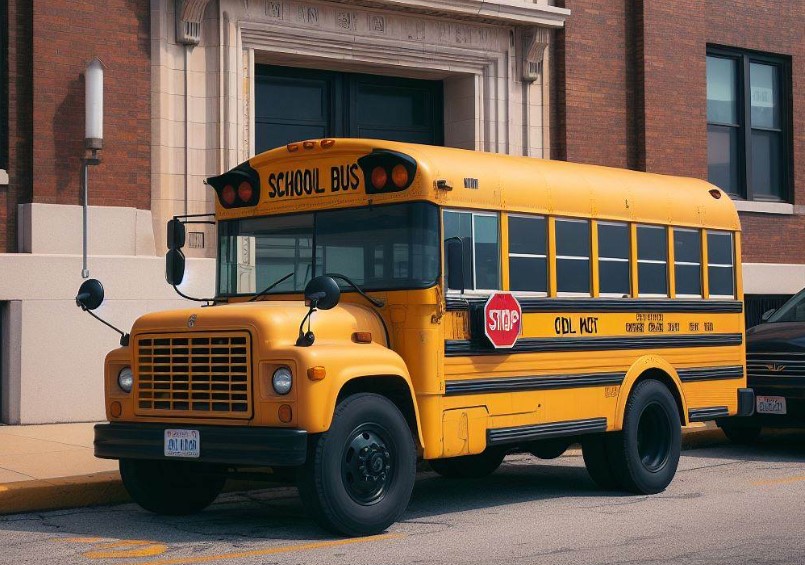
Factors Influencing CDL Requirement
- Size and Passenger Capacity: Short buses with a capacity of fewer than 15 passengers typically do not require a CDL.
- Gross Vehicle Weight Rating (GVWR): If the GVWR exceeds 26,001 pounds, a CDL may be necessary.
- State Regulations: Specific state laws can impact CDL requirements for short buses.
Exemptions and Special Cases
- Recreational Use: Private use for camping or family trips often exempts the operator from needing a CDL.
- School Buses: Different rules apply for school bus drivers, usually requiring a CDL with specific endorsements.
Training and Safety Considerations
Even when a CDL is not required, proper training and understanding of the vehicle are crucial for safety. Short bus operators should familiarize themselves with the bus’s features and handling characteristics.
Importance of Proper Training
- Safety: Comprehensive knowledge of vehicle operation enhances safety.
- Legal Compliance: Understanding and adhering to traffic laws and regulations.
Recommended Training Programs
- Defensive Driving: Courses on defensive driving techniques for large vehicles.
- Vehicle Maintenance: Basic knowledge of maintenance can prevent breakdowns and accidents.
State-Specific CDL Requirements
Each state has its own set of regulations regarding CDL requirements for short buses. Operators must be aware of and comply with their state’s specific laws.
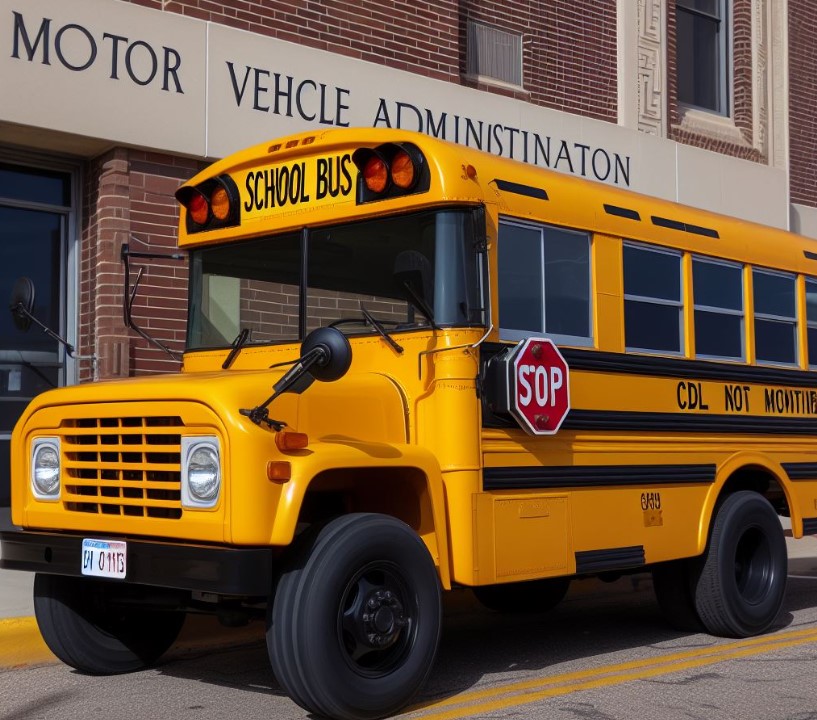
Researching State Regulations
- DMV Websites: State Department of Motor Vehicles websites provide detailed information.
- Professional Consultation: Seeking advice from transportation professionals or legal experts.
Common State Variations
- CDL Waivers: Some states offer waivers for certain types of short bus use.
- Endorsement Requirements: Additional endorsements might be needed for school buses or passenger transport.
Conversion and Personal Use
Many people convert short buses for personal or recreational use. Understanding how these conversions impact CDL requirements is essential.
Impact of Conversions on CDL Requirements
- Reclassification: Converting a bus for personal use may reclassify it, altering CDL needs.
- Insurance Implications: Modifications can affect insurance coverage and requirements.
Considerations for Personal Use
- Regulatory Compliance: Ensuring the vehicle meets all safety and operational standards.
- Driving Skills: Adequate driving skills for handling a converted short bus.
Commercial Use of Short Buses
For commercial purposes, such as shuttle services or small-scale passenger transport, the requirements for a CDL can differ.
Commercial Operation Regulations
- Passenger Capacity: Businesses using short buses for passenger transport must consider capacity limits.
- Commercial Licensing: Additional licensing beyond a standard CDL may be required.
Ensuring Legal Compliance
- Permits and Endorsements: Obtaining the necessary permits and endorsements for commercial operation.
- Regular Inspections: Adhering to inspection schedules to maintain operational safety and compliance.
What Are the Licensing Requirements for Driving a Short Bus?
When it comes to driving a short bus, understanding the licensing requirements is crucial. These requirements can vary significantly based on the bus’s intended use and the jurisdiction in which it operates.
For personal use, such as converting a short bus into a camper, or for family trips, the licensing requirements are generally less stringent. In many cases, a standard driver’s license is sufficient, especially if the vehicle is under a certain size and is not being used for commercial purposes.

However, for those intending to use a short bus for commercial activities, like running a shuttle service or transporting passengers, the licensing requirements can be more complex. In these cases, additional endorsements or specific types of licenses might be needed.
Potential operators need to check with their local Department of Motor Vehicles (DMV) or equivalent authority to understand the specific requirements in their area. This ensures not only legal compliance but also enhances the safety of the driver and passengers.
How Does GVWR Affect CDL Requirements for Short Buses?
The Gross Vehicle Weight Rating (GVWR) is a critical factor in determining whether a CDL is required for operating a short bus. The GVWR refers to the maximum total weight a vehicle is designed to carry, including its weight and the weight of passengers, fuel, and cargo.
In many jurisdictions, a CDL is required for vehicles with a GVWR of over 26,001 pounds. Therefore, short bus owners must be aware of their vehicle’s GVWR to determine the appropriate licensing requirements.
For short buses with a GVWR below this threshold, a standard driver’s license is often sufficient, particularly if the vehicle is used for personal or non-commercial purposes. However, exceeding this GVWR limit may necessitate a CDL, regardless of the bus’s actual use.
Owners and operators of short buses need to verify their vehicle’s GVWR and understand how it impacts their licensing needs. This information is typically found in the vehicle’s manual or on a plate or sticker located inside the vehicle.
What Training is Recommended for Short Bus Drivers?
While a CDL might not always be required for driving a short bus, proper training is still highly recommended to ensure safety and proficiency.
For those new to driving larger vehicles like short buses, enrolling in a driving course that focuses on handling larger vehicles can be incredibly beneficial. These courses often cover essential skills such as navigating narrow roads, parking, and understanding the vehicle’s blind spots.

In addition to driving skills, short bus drivers should also be knowledgeable about basic vehicle maintenance and emergency procedures. This is especially important for those who use their short bus for long trips or in remote areas.
Understanding how to perform basic maintenance tasks and troubleshoot common issues can be invaluable in preventing breakdowns and ensuring a safe journey.
Are There Special Insurance Requirements for Short Buses?
Insurance is a key consideration for short bus owners, and the requirements can vary greatly depending on the bus’s use and modifications. For those using a short bus for personal use, such as a recreational vehicle, specialized RV insurance might be necessary.
This type of insurance typically offers coverage that is more tailored to the needs of RV owners, including personal property coverage and roadside assistance.
For commercial use, the insurance requirements can be more complex and costly. Commercial vehicle insurance is generally required, offering coverage for liabilities related to passenger transport or commercial use.
Short bus owners must discuss their specific needs with an insurance agent to ensure they have adequate coverage for their particular situation. This not only protects the owner financially but also provides peace of mind.
What Are the Considerations for Converting a Short Bus for Personal Use?
Converting a short bus for personal use, such as creating a custom RV, has become increasingly popular. However, there are several important considerations to keep in mind during this process.
Firstly, the conversion must comply with safety standards and legal requirements. This might involve installing proper seating, ensuring electrical systems are safe, and meeting other specific regulations depending on the area.

Another key consideration is the impact of the conversion on insurance and licensing requirements. Modifications can change the classification of the vehicle, potentially altering the type of driver’s license and insurance needed.
It’s important for individuals undertaking a conversion project to thoroughly research and plan for these aspects, ensuring that their converted short bus is both safe and legal to operate.
Conclusion
Understanding whether you need a CDL for a short bus is multifaceted, depending on various factors such as size, purpose, and state regulations.
While many short buses do not require a CDL, especially for personal or recreational use, it’s crucial to be aware of and comply with all applicable laws and safety guidelines. Proper training, even without the need for a CDL, ensures the safe and legal operation of a short bus.
Frequently Asked Questions
Can I use a short bus for commercial transportation services without a CDL?
It depends on the bus’s size and passenger capacity. If the short bus seats 15 or fewer passengers and has a GVWR of less than 26,001 pounds, you might not need a CDL. However, for larger short buses or those used to transport more than 15 passengers, a CDL with appropriate endorsements is typically required. Always check with your local DMV for specific regulations related to commercial transportation services.
What are the key safety considerations when driving a short bus?
Key safety considerations include understanding the bus’s blind spots, proper vehicle maintenance, adhering to weight limits, and being aware of the larger turning radius. Regular training and practice can significantly enhance safety.
If I convert a short bus for personal use, do I still need a CDL?
If you convert a short bus for personal use and it seats fewer than 16 passengers and has a GVWR under 26,001 pounds, you typically do not need a CDL. However, modifications could affect insurance and registration requirements.
What insurance considerations are there for short buses used as RVs?
When using a short bus as an RV, specialized RV insurance is recommended. This insurance often includes coverage for personal property, roadside assistance, and liabilities specific to RV use.

Welcome to the exhilarating world of Matt Rex, a professional car racer turned renowned vehicle enthusiast. Immerse yourself in his captivating blog as he shares heart-pounding adventures, expert reviews, and valuable insights on cars, trucks, jets, and more. Fuel your passion for speed and discover the beauty of vehicles through Matt’s engaging stories and meticulous expertise. Join the ever-growing community of enthusiasts who find inspiration and expert advice in Matt Rex’s blog—a digital hub where the thrill of speed meets the pursuit of knowledge.




